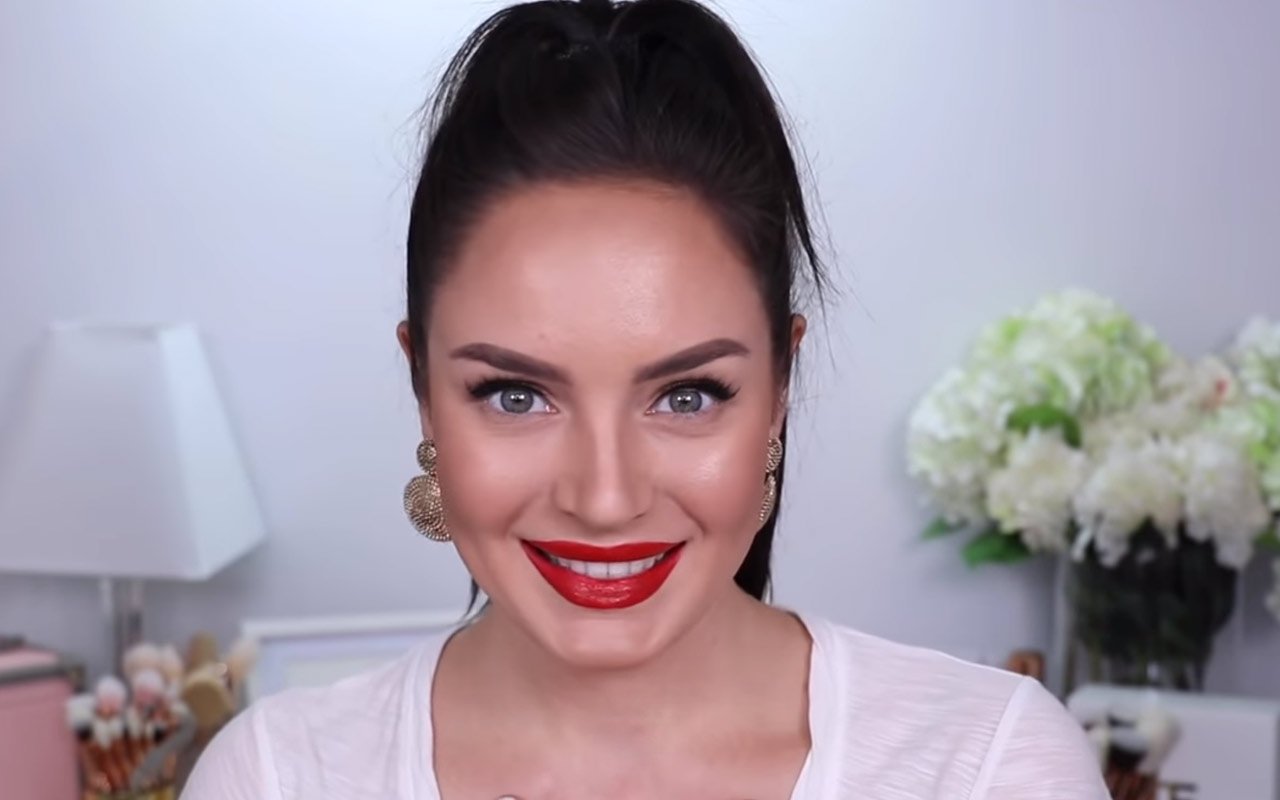Have you ever wondered what the average forehead size is & how to know if you have a big forehead? If you’re looking to find out whether you have a large forehead, it is important to know that foreheads come in various designs. A lot of people confuse an overly large forehead with one that is uneven or rectangular.
Table of Contents
Typical forehead shapes
The proportions of the face are considered standard when the height of the forehead occupies 1/3 of the length of the whole face, and the width of the forehead is twice the height. If your forehead is below this ratio, it is considered a short forehead.
A short, low, narrow forehead is one of the defects that make the face unbalanced and harmonious. Not only that, but many people also have the notion that a short forehead has a bad influence on general numbers.
A short forehead is often characterized by a narrower distance from the hairline to the edge of the eyebrow than usual, causing the face to lack balance and harmony.
There are two types of short foreheads:
- Short and narrow forehead: the width of the forehead area is short and tends to narrow much to the sides, creating the feeling that the two sides are dented.
- Short and wide forehead: the width of the entire forehead is commensurate, the corner of the forehead bordering the temple is smaller but not much compared to the center of the forehead.
However, whether it is a short or narrow forehead, in terms of aesthetics, this feature is not appreciated because it makes the face shorter and lacks balance.
Men with short foreheads are often introverted or let emotions dominate their work, so the work is left unfinished, not resolved, leading to unnecessary backlogs.
Women with short foreheads are often melancholy and sentimental, sometimes unable to control their own words and actions.
About the career path and career of women with short foreheads are not favorable and face many difficulties. Although opportunities come many times, they do not know how to seize them and take advantage.
The love line of women with a short forehead is also not better, often living alone and if married, it is easy to miss, many times separating.
There are seven standard forehead shapes
- M-shaped
- Broad forehead
- Curved Forehead
- Straight Forehead
- Sharp Forehead
- Mountain Forehead
- Narrow Forehead
The shape of your forehead not only helps you choose the right hairstyle but also reveals your thinking ability, personality, and intelligence. Here are the meanings of the 7 most common forehead shapes.
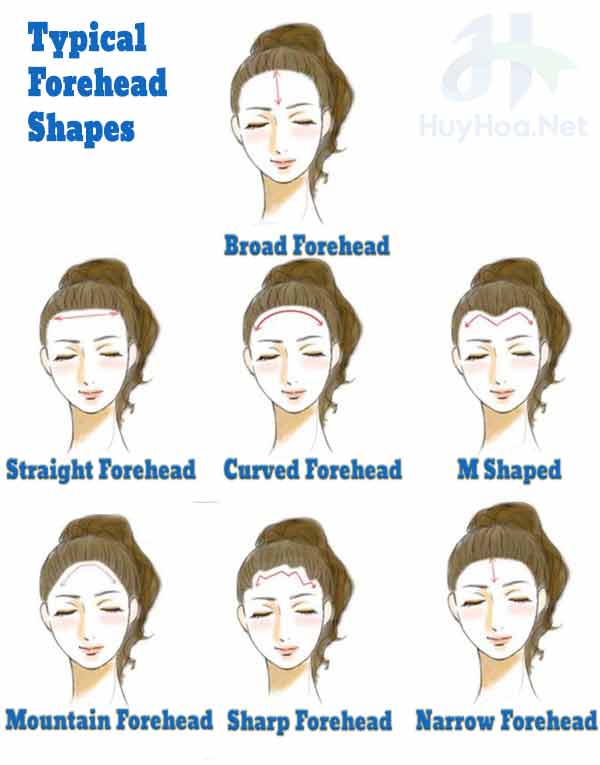
Here are the meanings of the 7 most common forehead shapes:
Broad (wide) forehead shape
Many women feel insecure about their rather broad foreheads and often use their hair to cover it up. Why do that when you are a very intelligent and knowledgeable person?
People with large foreheads often enjoy social activities and want to blend in with the crowd. They are loved by many people, especially the elderly.
At work, they always complete the assigned tasks in the best way, even at the earliest. In addition, they have an extremely sensitive 6th sense!
Narrow (short) forehead
If the above says that people with wide foreheads are very intelligent, that does not mean that people with short foreheads are stupid.
People with narrow foreheads are usually introverts and like to spend time alone. They always have a rather strange and unique view of everything going on around them.
They always listen to their heart and sometimes do not use their reason, they choose their own life path and do not care what others think of them.
People with short foreheads even hate to be like everyone else. They want to be one, to be unique. Therefore, they are quite lonely and do not like crowds, nor do they like to be the center of attention.
Straight forehead
Straight foreheads are people with hair on both sides of the forehead forming a straight line. A person with a forehead like this is usually a hardworking bee.
They are people who can’t stand failure, and to succeed, they will work tirelessly and never give up.
In addition, a person with a straight forehead is also a gentle and dedicated person. If they love someone, they will put their whole heart into that person and never betray them.
Of course, this also does not mean that they will never cut a relationship with anyone, but that they will forever cherish the happy moments when they are with that person, and that person will always have a special place in their hearts.
Curved forehead
If the hairline on your forehead forms a curve, then you are a person with a curved forehead shape.
People with curved foreheads are usually quite smart! They act often based on feelings and objective circumstances. They are quite like and are also suitable for social activities, exchanges, and relationships.
They are vibrant, and active and radiate light as they walk. A person with a curved forehead is like a magnet, always attracting happy emotions and happy moments.
M-shaped forehead
These people are imaginative people and they have a unique world of their own. People are often attracted to them because of their funny personalities and crazy ideas.
People with M-shaped foreheads are usually creative people, in their heads, there are always hundreds of different ideas that can pop out at any time. They never get bored because they have so much to do.
Most people with M-shaped foreheads are usually artistic people, suitable for professions such as actors, artists, or writers.
Mountain forehead
Those whose hairline makes it look like a mountain alone are the lucky ones. They are ethereal, sophisticated, and charismatic, especially with the opposite sex.
These are gentle, kind people. They are also very sociable, when working with others, there is usually no conflict. They are not born to be leaders, but they are quite a lot of people to come and ask for advice.
They know what they want and how to get it, however, they tend to be a bit passive. If they love someone, they may change to fit the other person.
People with sharp foreheads are stubborn people. Sometimes, their words and actions hurt others without them realizing it. They are also quite selfish, when they make mistakes, they don’t want to admit it.
People with such foreheads will do anything to accomplish their goals. Sometimes they work hard not because they need it, but because they want their desires fulfilled.
They often mock others, including those close to them, which sometimes makes many people feel disliked by people with angular foreheads.
Average Forehead Size
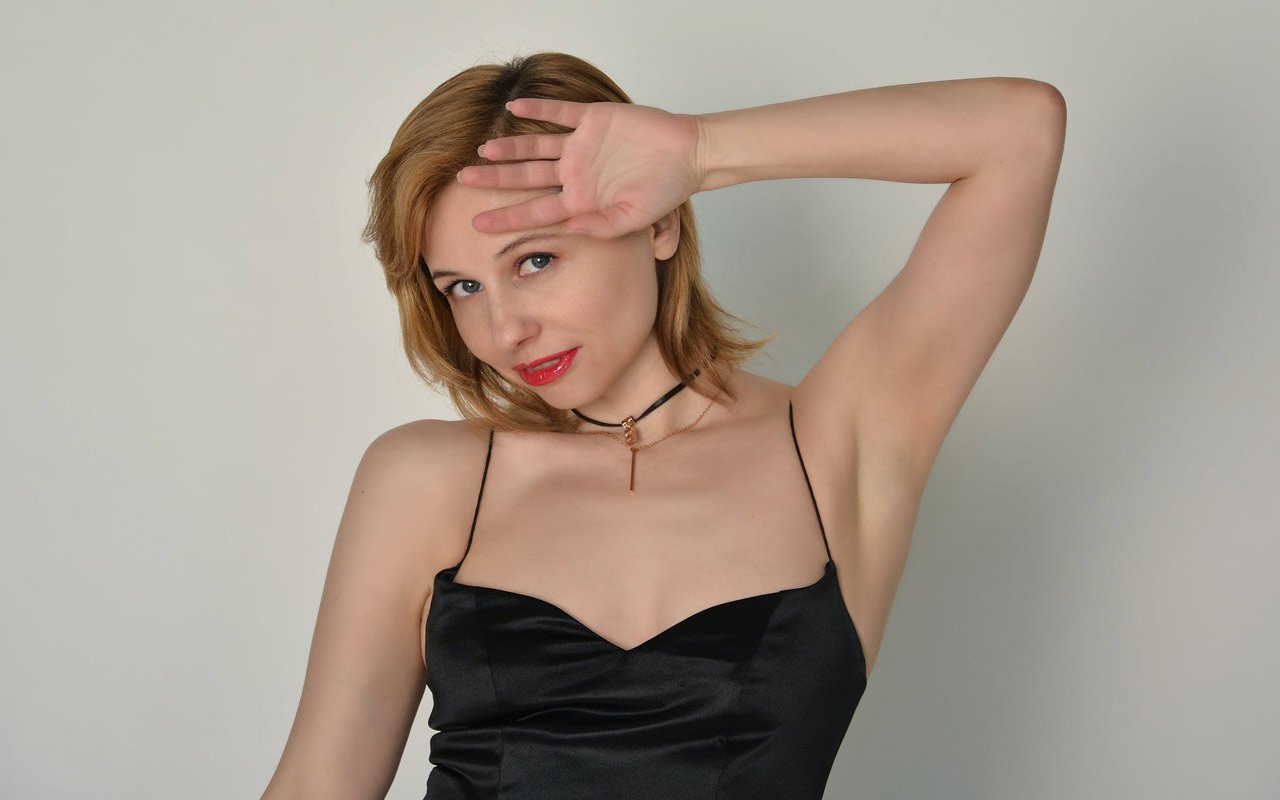
Average forehead size is not the most reliable indicator of whether your forehead is too large. Because the size of the forehead can depend on many factors such as ethnicity, age, gender, and overall face shape.
But knowing the typical forehead sizes for men and women can help you determine what type of forehead you have. It helps you make decisions about which sideburns you should have, and how to cut your hair to suit your face.
The average forehead size of men and women is completely different. Let’s take a look at how the average forehead size of men and women is different.
The average forehead size in men
Men typically have a forehead height of about 2.4 inches (6.1 cm) with a standard tolerance of 0.4 inches.
The average length of the male forehead is 5.4 inches (13.7 cm) with an average variation of about 0.7 inches.
This means that if your forehead is 2 to 2.8 inches (or 5 to 7cm) in height and 4.7 to 6.1 inches (12 – 15.5 cm) in width, you have a standard male forehead size.
Table of shapes of men’s forehead
| Gender | Forehead Shape | Percentage of men who have this form |
|---|---|---|
| Male | Round | 27% |
| Male | M-shaped | 46% |
| Male | Rectangular | 31% |
| Male | Bell-shaped | 4% |
| Male | Triangular | 2% |
The average forehead size in women
The average height of a woman’s forehead is 2.3 inches (5.8 cm) with a standard deviation of about 0.3 inches and a width of 5.1 inches (12.9 cm) with a deviation of 0.7. inches.
Thus, women with a forehead height of 2 to 2.6 inches (that is, 5 to 6.5 centimeters) and a width of 4.4 to 5.8 inches (11.2 to 14.7 centimeters) are standard foreheads.
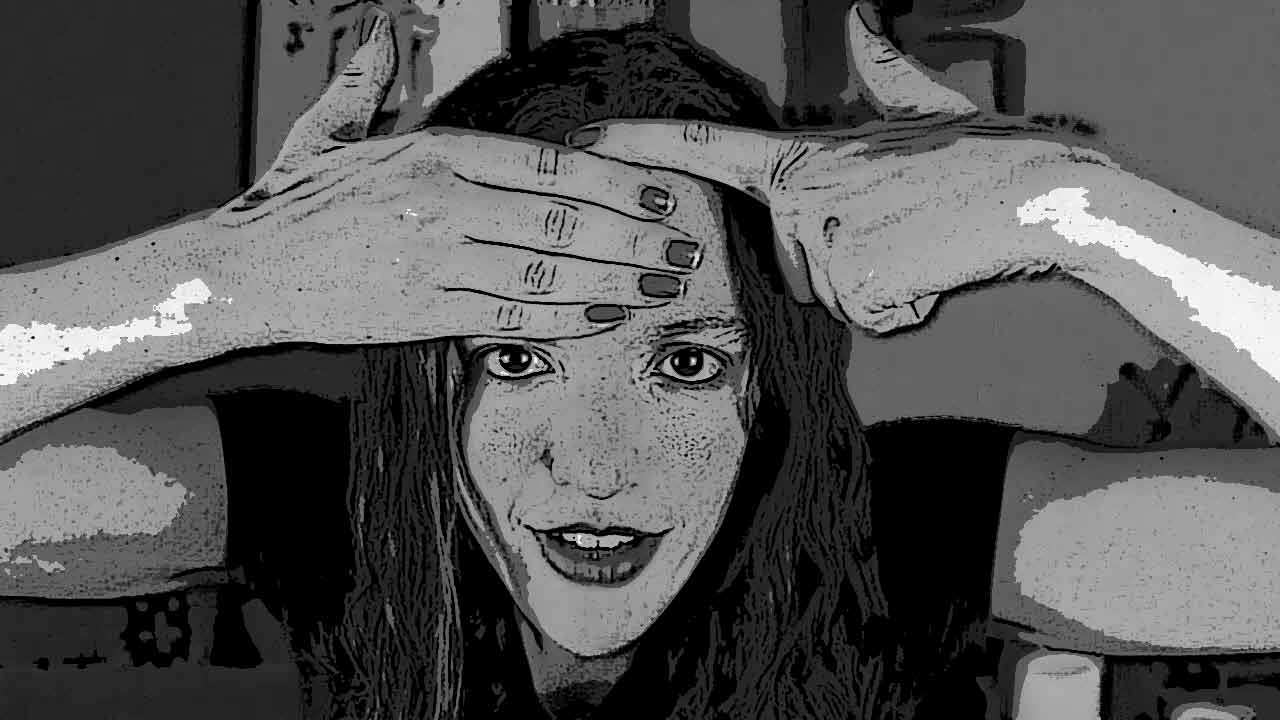
Table of shapes of Women’s forehead:
| Gender | Forehead Shape | Percentage of men who have this form |
|---|---|---|
| Female | Round | 28% |
| Female | M-shaped | 19% |
| Female | Rectangular | 30% |
| Female | Bell-shaped | 5% |
| Female | Triangular | 18% |
The above information that males have more hairlines with a shape like an M than females. The more triangular-shaped foreheads have accounted for the differences in proportions.
Males are more likely to have a forehead that is M-shaped as well as a rectangular or round hairline. Some males have a triangular or bell-shaped forehead.
On the other hand, women are much more likely to have round or rectangular foreheads, which are closely followed by M-shaped and triangular hairlines. Women are least likely to have hairlines that resemble bells.
Note that the shape of the forehead can be completely different from the shape of the face.
For example, if you have a round forehead, it may not mean that you have a round face, and vice versa. You can find out what your face shape is if you read the full article about types of face shapes.
How to Know If You Have A Big Forehead
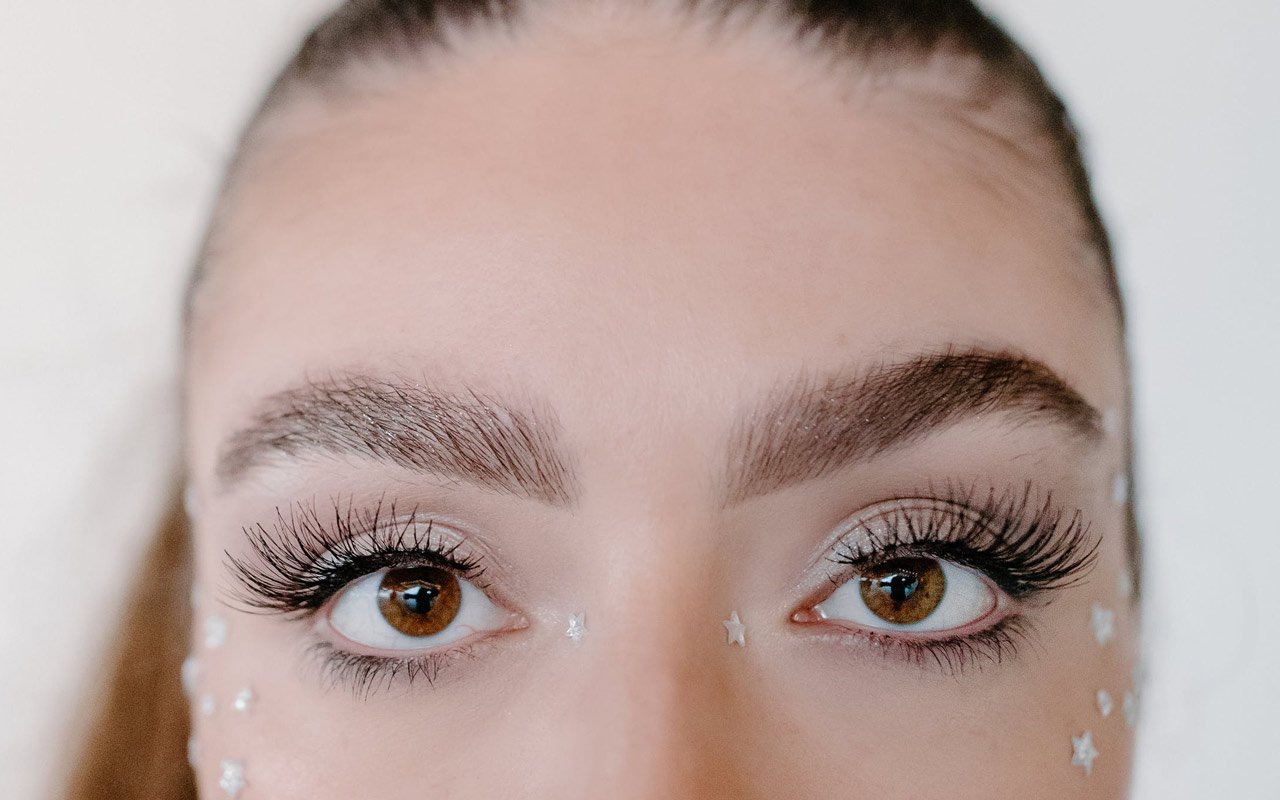
Once you have a better understanding of the different shapes of your forehead then you can examine your face. Determine your forehead’s shape according to the information above to be aware of where to take your measurements.
If you use a ruler to measure the size of your forehead, compare the height and width of your forehead with the average forehead size below to see if your forehead is large or not. The average forehead height for men is 2.8 inches (7.1 cm), while the average height of the forehead for women is 2.4 inches (6 cm).
If your forehead height is much higher than 2.4 inches for women and 2.8 inches for men, it is considered a wide forehead. And if the width of the forehead is much larger than 5.1 inches in women, and 5.4 inches in men, it is considered a large forehead.
Another way to see if the forehead is large or small is to use the fingers, commonly known as the four-finger rule. Measure the length from hairline to eyebrow with four fingers, if it covers 80% or more of your forehead size, it is the standard forehead size. The standard forehead size is usually suitable for curly hairstyles.
It’s a mistake to simply search for averages of forehead sizes and make comparisons. A majority of them don’t mention where to take the measurements and don’t take into account various forms.
If you are taller than the average person, however, it may be due to rectangular shapes instead of round shapes. Always measure your forehead using its widest and longest lengths to obtain the most precise measurements.
The broadest part of your face should be a distance equal to the hairline and your eyebrows.
When you are measuring your forehead’s width, why don’t you find out your face’s shape? The shape of your face is another important element to determine if you’re forehead is more than normal.
Face Shape and Foreheads
The seven different facial forms have distinct effects on the size of your forehead. You can identify your facial shape by taking measurements like the following:
- Forehead width
- Cheekbone length
- Jawline width
- Face length
When you’ve identified the face shape you have then you’ll be able to determine if your face fits the mold.
For oval-shaped faces, they’ll typically have smaller, round foreheads. Shapes that are round will have larger foreheads, that are the widest over the eyes.
For face shapes with hearts is more common to have a square forehead. For square faces, there are several faces with an M-shaped forehead.
The options are endless and understanding your face’s form and how it compares to other faces with similar shapes is the most effective method of determining the size of your forehead.
Beard Styles That Look Great with Large Foreheads
If you have a large forehead, choosing the perfect haircut and beard style can be a challenge.
You’d like to appear less imposing, however, don’t be concerned you can find a variety of methods to create the perfect illusion, and reduce or conceal this massive face characteristic.
Many men suffer from widow’s peak or receding hairlines that increase the area. This will not make it any much easier.
How can you counterbalance a big Forehead Beard?
People with big foreheads generally have heart-shaped faces. It is reflected in smaller jawbones and cheekbones. which is a rare feature among males.
For this type of face, it is necessary to have hairstyles that provide balance in the lower area of your face. Making your jawline more prominent is a major goal since in this way you’ll add some appearance of squareness.
The styles of Garibaldi, Verdi, or Hollywoodian beards will suit you. This is why you should keep your beard short, particularly in the area of sideburns.
Another option for making your forehead appear smaller is to mix the beard hairstyles that cover the forehead in symmetrical bangs.
Should you be already sporting some length on the chin, you may want to keep the sideburns longer. Do not overpower your cheeks by wearing a Van Dyke or goatee as it can only emphasize the chin, and draw attention to the larger forehead.
How to cover a big forehead with hair and makeup
It’s all about creating an optical illusion to make a large forehead seem smaller. Either draw attention to the area with accessories and hair or use makeup magic to subtly trim it. These are the makeup and hair tricks that we learned from Chloe’s video.
Do not apply foundation to your hairline.
This will create the illusion that your forehead ends are lower by giving your hairline a natural shadow.
Lower your hairline.
Baby hairs can make your top look wider. Fill in the gaps with a root powder. An eyeshadow that matches your hair color will also work. Reduce your hairline to cover some of the space on your forehead.
Contour.
For effortlessly slimming any area of your face, contouring is a godsend. For a five-headed look, use contour shades or bronzer to sweep around the outer edges. This will create a shadow effect that will push it lower.
Move your eyebrows higher.
Do you love a strong brow? An arch higher or thicker will raise your face, and instantly create the illusion of more forehead space.
Brighten your lips.
This tip has two benefits. The first is that the lipstick will draw attention away from your five-head and direct all eyes toward your lips. It will also balance your features by adding volume to the bottom half of your face.
Add some style to your outfit with large earrings or a bandana.
Accessorizing is another way to distract attention. Chloe says that big earrings are a great way to distract attention. To hide extra space, you can also wear a bandana.
Your hair should be longer at the back.
Chloe recommends that you add more volume to your top and back hairs so that your forehead appears wider.
Relax your jaw.
A quick tip for a short jaw is to relax it. This will balance the space between your forehead and chin.
Keep your forehead smooth.
Focus your glow on the other parts of your face, such as your cheekbones or your chin.
Layers of fringe or face-framing are a good idea.
To save time and effort, consider getting a haircut that will hide your forehead permanently. If you prefer a more subtle approach to this, bobs are the best option. However, if you’re looking for a more effective look, consider short layers that frame your sides.

